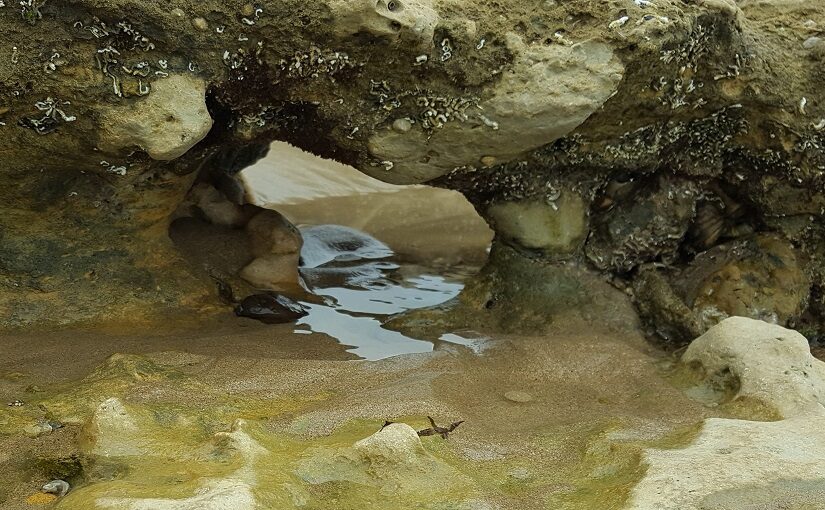Thinking broadly as much as specifically about our life on this planet, isn’t culture what helps us find our place and chart our path? All those ways people over the years found to convey, pass down and illustrate their concerns about life, its meaning and how we might best respond to the challenges it presents. This beautiful, ongoing human conversation of which we’re all part.
It’s incredible to think how long meaning’s been passed on this way: how many fires people have gathered around to hear the tales of their culture, the characters and events those before felt wisest to reiterate to the point they were etched firmly in the consciousness of those carrying forward any given way of being. Stories that, hopefully, help guide us safely and remember our journey. (Notes One)
Out of all the communities, cultures or places people have ever lived there emerges this amazing repertoire of all that’s been dreamt up or written down over the many, many centuries of human existence. All those times people sought to convey what they’d been through or struggled with as they sought to move forward, individually or collectively. All these warnings and ideals that’ve been shared.
Any story has something to teach: some configuration of society or aspect of relationships we might learn from, honing our sense for all it means to be human and how best we might let that come to light. Some might emerge from people living under experiences of oppression, scrutiny or control. Some from imaginary worlds where such experiences live within different forms.
As humans, maybe we need stories to remind us who we are, where we’ve come from, and where we hoped to be heading? This sense in which our lives are part of a long, long line of people trying to make the best of the world as they found it. This notion that “culture” can keep us on track by way of focussing our minds and emotions. The past, perhaps, helping us make sense of the present and look clearly to the future.
It must matter? This almost timeless journey so many humans formed part of – upholding things and carrying them forward in big and little ways over the vast panorama of history (Notes Two). Sometimes we might look back with too much nostalgia, but the idea of honouring our path to the place we now stand seems significant.
Finding that balance between remembering while looking ahead is perhaps “always” challenging: what to let go of; what to hold firmly; what to aspire towards. This sense in which humanity is forever walking forwards, perhaps needing to leave some things behind in order to take the next step, but also needing to retain the vision of where we’re going and all we must take with us.
Writing this in the context of ancient cultural sites having recently been destroyed for the sake of mining, it’s hard not to question how well we’re handling the heritage that was placed in our hands.
Notes and References:
Guardian article “Rio Tinto blasts 46,000-year-old Aboriginal site to expand iron ore mine” by Calla Wahlquist, 26 May 2020: https://www.theguardian.com/australia-news/2020/may/26/rio-tinto-blasts-46000-year-old-aboriginal-site-to-expand-iron-ore-mine
Note 1: The stories that we hear
Note 1: Culture as a conversation across time
Note 1: Navigation, steering & direction
Note 1: Do we know what we’re doing?
Note 2: History’s role in modern culture
Note 2: “Quest for a Moral Compass”
Note 2: Truth, illusion & cultural life
Note 2: Things change, over time
Exploring slightly similar notions of culture and the passing of time was also part of Visual language and spaces.

